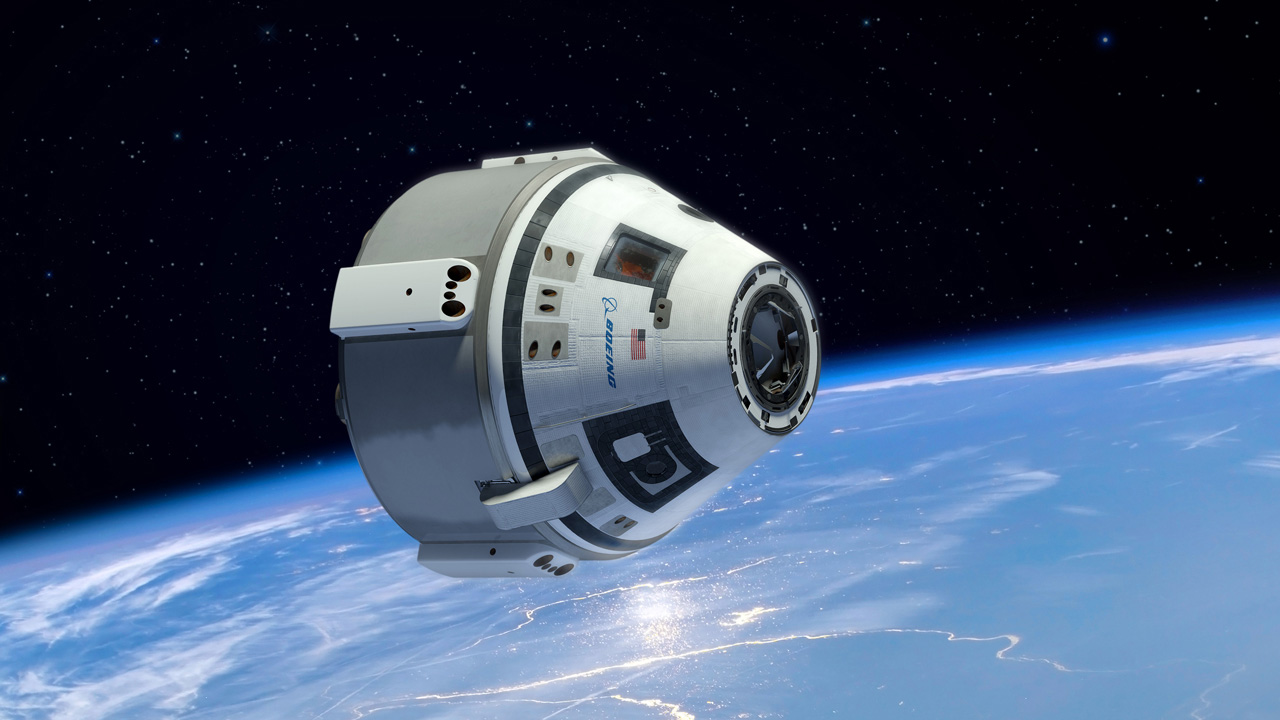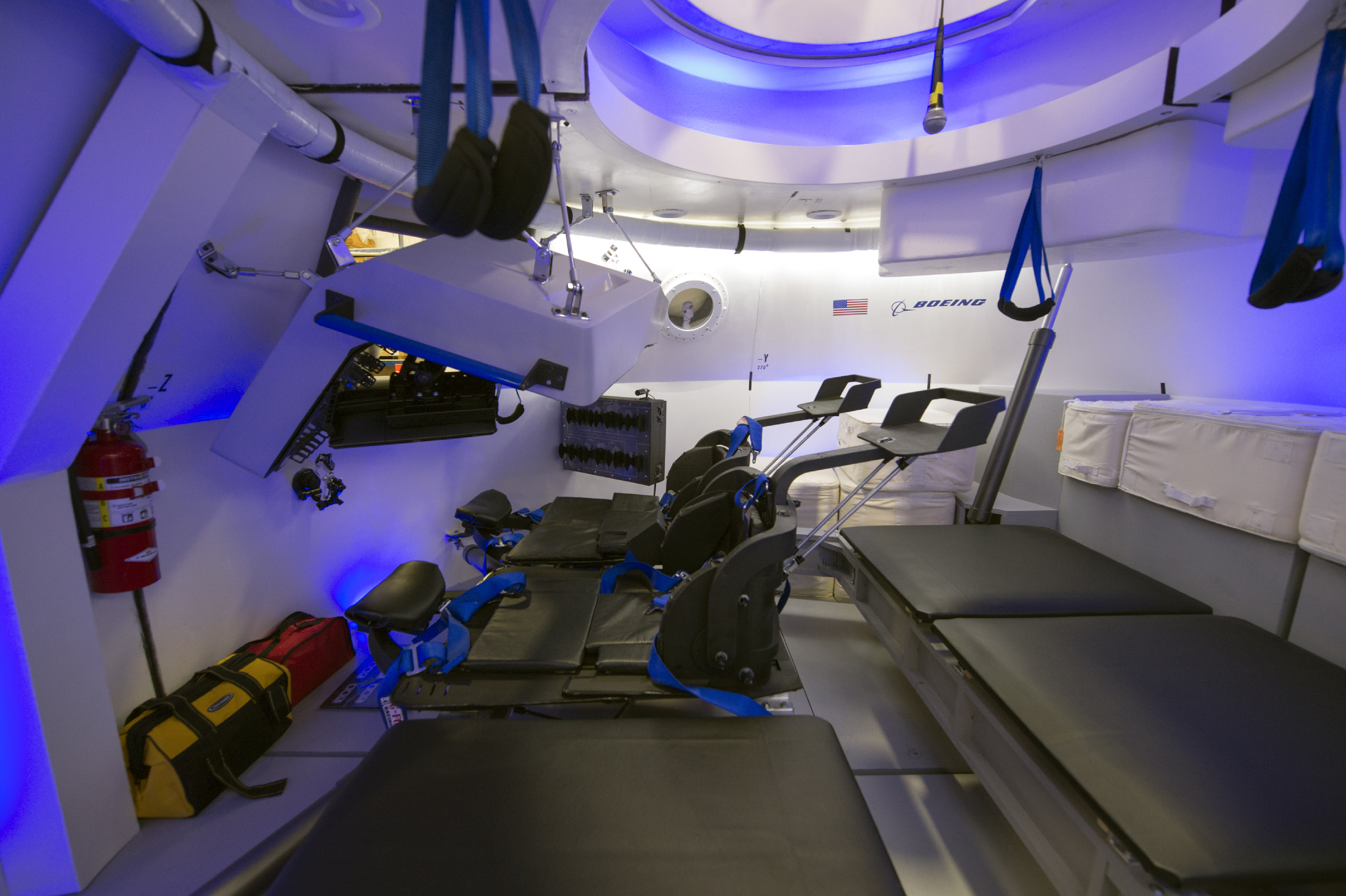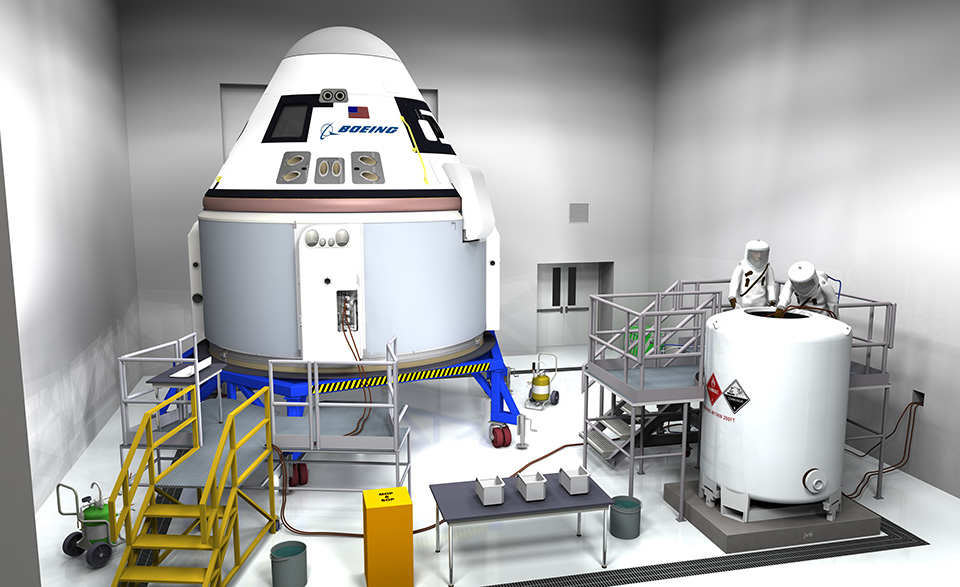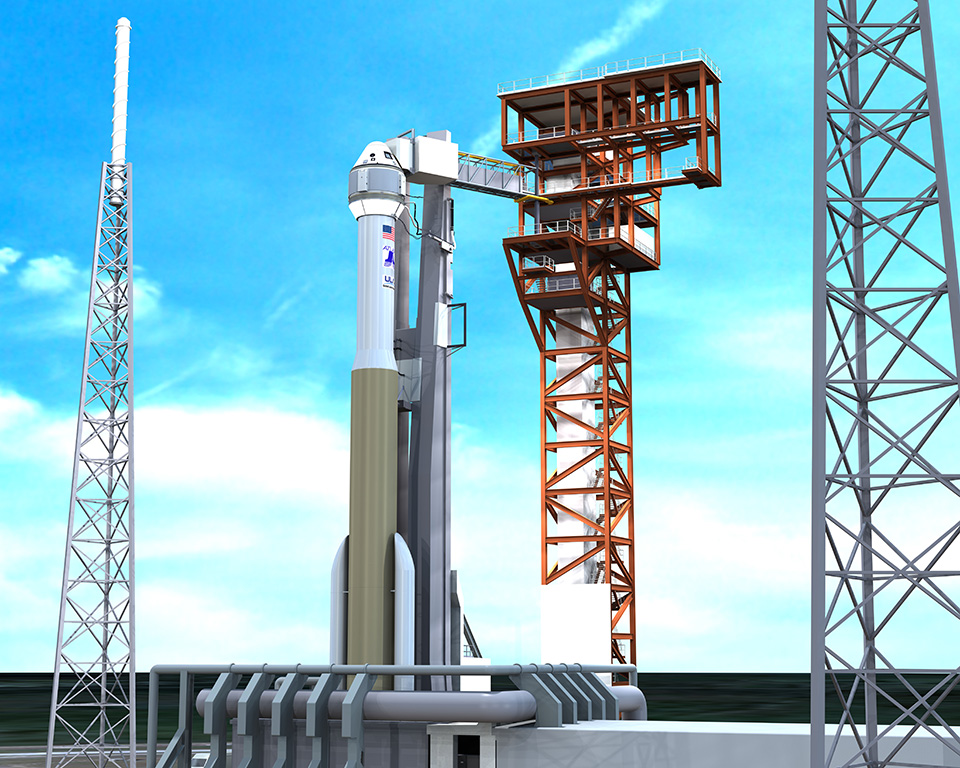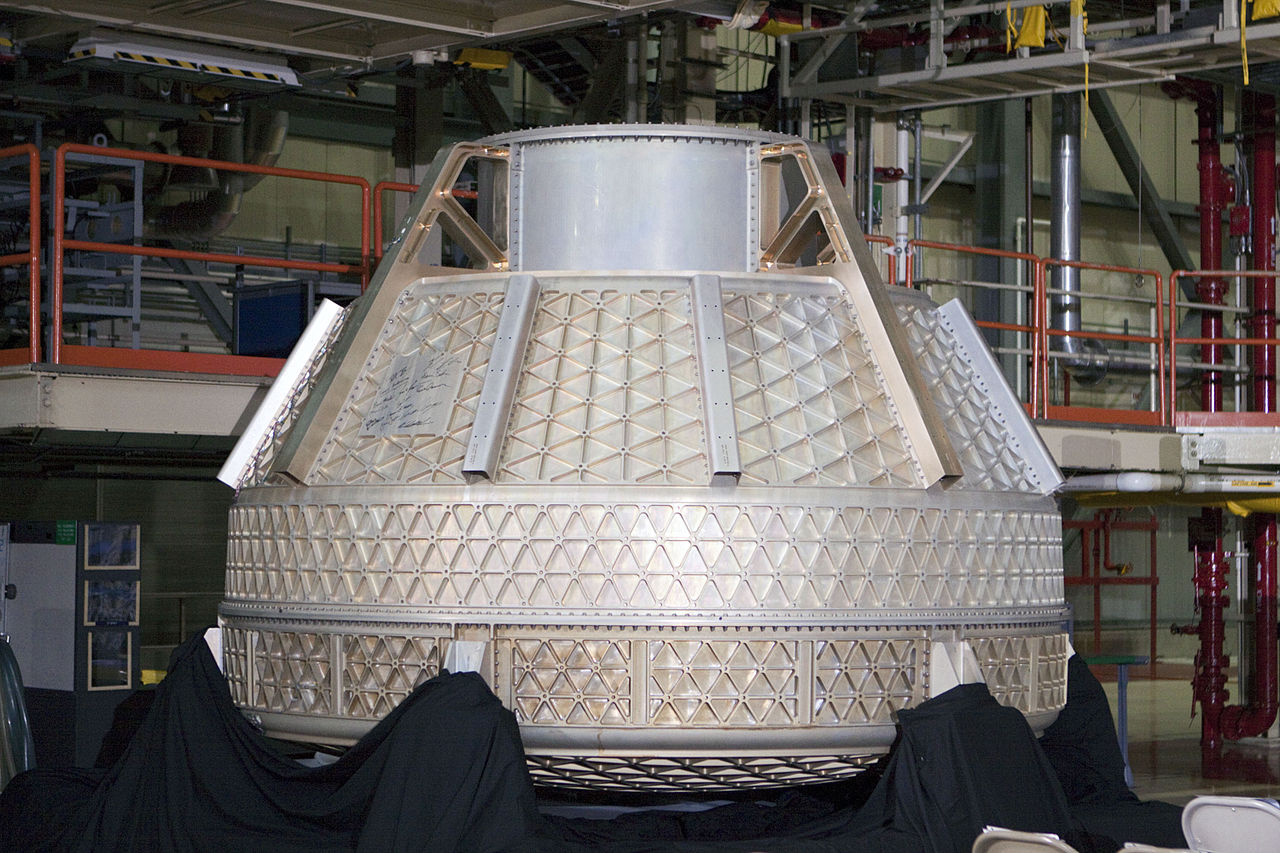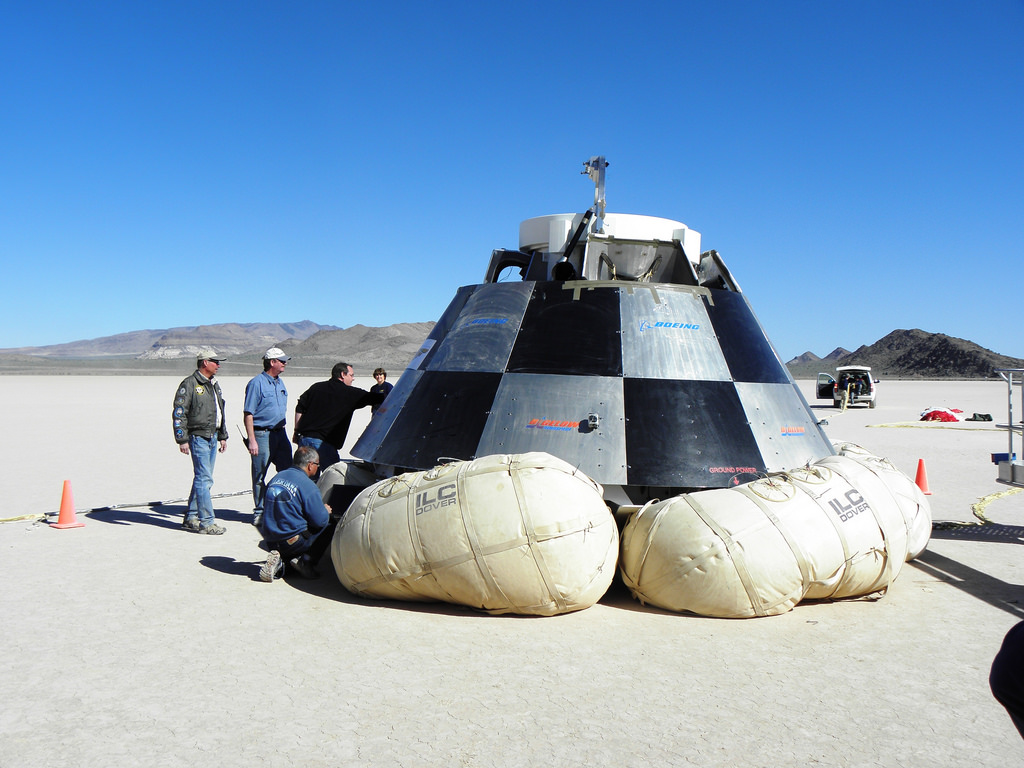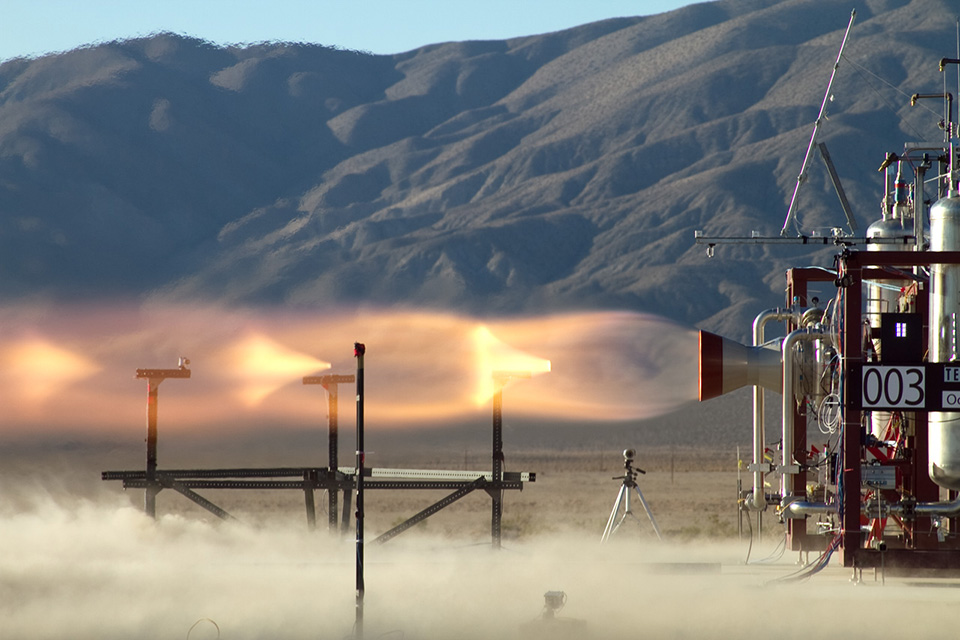The rise of Starliner
Boeing is leveraging its experience in having a hand in all of NASA's human-rated spacecraft to build the CST-100 Starliner.
The capsule is designed to carry seven people to and from the International Space Station. The company is also collaborating with Bigelow Aerospace to send crews to commercial space stations in the 2020s.
Starliner is being developed as part of NASA's Commercial Crew Development program. It is launched atop a United Launch Alliance Atlas 5 rocket.
Boeing performed a pad abort test for the vehicle in November 2019 and flew its first orbital mission in December 2019.
The orbital mission was supposed to dock to the International Space Station. However, because of an internal clock error, the spacecraft placed itself into the wrong orbit, precluding any ISS docking. Starliner landed successfully at White Sands, New Mexico, two days later. Boeing said the flight achieved most of the mission’s objectives.
— Quick facts —
Basics
Country: United States
Operator: Boeing
Manufacturer: Boeing
Launch site: Cape Canaveral Air Force Station, Florida
Launch vehicle: Atlas 5 N22
Reusable: Yes
Specifications
Dry mass: 13,000 kg
Height: 5.0 m
Width: 4.6 m
Max. crew size: 7
Orbital life: 210 days docked
Flight history
First flight: Orbital Flight Test, Dec. 20, 2019
Number of flights: 2
Partial failures: OFT in 2019
Failures: 0
Stations serviced: ISS
Status: Flight testing


